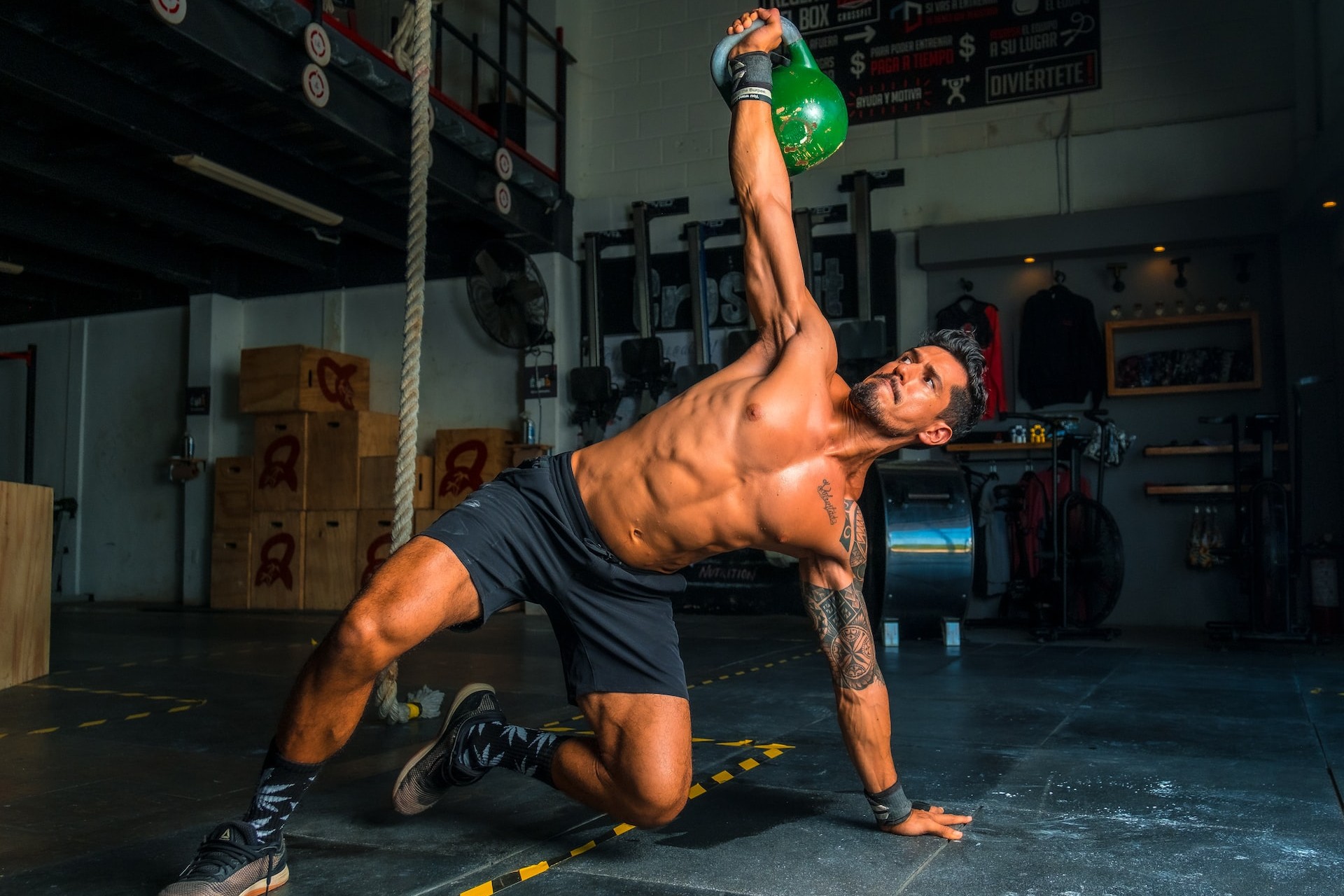Full-Body Split Guide

Full-Body Split is a workout program where every or most muscle groups are trained with every session.
Benefits
- Balance. Since every muscle is trained with every session, it is easier to keep your muscles balanced. And if you miss a day, you won’t be neglecting a specific muscle group.
- Time. You can superset exercises targeting different muscle groups instead of resting between sets, cutting your session time in half and adding a cardio element to your workouts.
Drawbacks
- Intensity. Once you start performing sufficently difficult exercises, fatigue will build up during the session and it will be difficult to give enough effort to every exercise. So the muscles trained near the end of the session won’t be trained as effectively as the ones at the beginning.
- Recovery. If performing sessions on back to back days, your muscles may not have had enough time to recover from the previous session, so training won’t be as effective.
Best Fit
- Beginners. When you are just starting out, this is probably the best training split to follow. Performing the same exercises frequently should help your body learn the movements. And intensity and recovery should not yet be a concern.
- Short on time. If you have a very busy schedule with limited time available for training, this split probably makes the best use of it. You are also not going to cause imbalances if you skip a day.
Example
The first 3 days of the week tend to be the most crowded in the gym. Doing full-body split with back-to-back training days is not ideal as the mucles likely have not had enough time to recover. But we can still design effective training sessions with each day starting with a different major muscle group. On Monday - legs, Tuesday - back and shoulders, Wednesday - chest and core. While you still will perform exercises for every muscle group in each session, you will most likely able to give your best effort to the first couple of exercises and should plan accordingly.
Monday
- Split Squat
- Hamstring Curl
- Calf Raises
- Chest Press
- Chin Ups
- Cable Crunch
Tuesday
- Bent Over Row
- Shoulder Press
- Lateral Raise
- Dips
- Romanian Deadlift
- Russian Twist
- Leg Extension
Wednesday
- Bench Press
- Hanging Leg Raises
- Lunges
- Lat Pull In
- Squat - Alternating Jump Taps
- Bicep Curl
Workout Tracking
You should always track your workouts if you want to make progress in your training. Otherwise, it will be very difficult to see what areas you are neglecting and what lifts should be heavier if you only have a vague idea of everything you've been doing. You could use pen and paper or a spreadsheet for tracking but that tends to be inconvenient and time-consuming.
We designed Laurel to be the best workout tracking app available, allowing you to effortlessly log exercises as you perform them. Plus, you get access to goal tracking, wellness tracking, and personalized training review and recommendations to make the most out of your sessions.